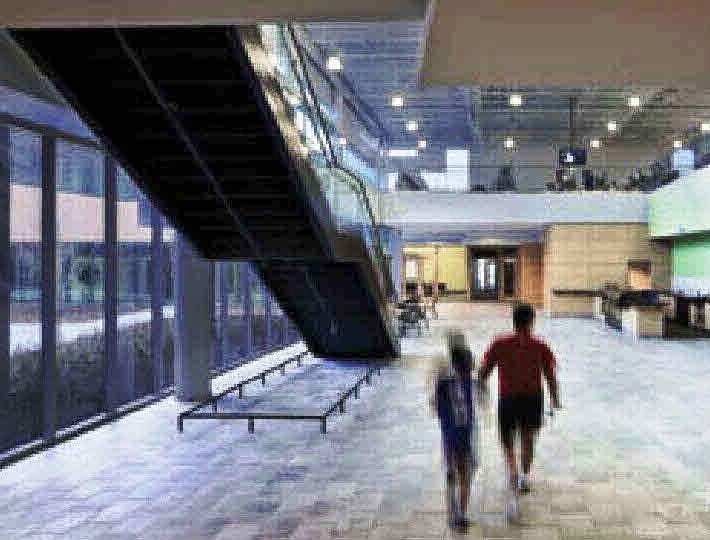Five accessibility design considerations when preparing a Disability Access Certificate (DAC) application.
 Since the requirement for a Disability Access Certificate (DAC) came into operation on the 1st January 2010 and the subsequent amendment to Part M, (Part M 2010) on the 1st January 2012, designers have been introduced to a new comprehensive list of guidance that must be followed when designing their buildings. This guidance must also be adhered to when preparing a DAC. Some of these areas of guidance are outlined below in the following five points:
Since the requirement for a Disability Access Certificate (DAC) came into operation on the 1st January 2010 and the subsequent amendment to Part M, (Part M 2010) on the 1st January 2012, designers have been introduced to a new comprehensive list of guidance that must be followed when designing their buildings. This guidance must also be adhered to when preparing a DAC. Some of these areas of guidance are outlined below in the following five points:
- On-site car parking: Section 1.1.2 (b) of TGD M 2010 defines an approach route to the accessible entrance of a building as the route from “any designated car-parking spaces for people with disabilities and/or setting down areas”. With this in mind it is important to consider that if dropped kerbs are provided (See Diagram 8, TGD M 2010) to provide easy transfer from the designated parking bay to the access route, a clear footpath width of 1500mm minimum in this zone should be maintained between the high part of the dropped kerb and the opposite kerb and that any cars in adjacent standard parking bays do not overhang too far over the approach path and encroach into the route.
- Accessible power operated swinging doors: Section 1.2.4.3 TGD M 2010 refers to accessible power operated doors .If a power operated door is being designed to be opened by way of a manually operated push pad there are a number of things to consider. For example the manual activation control must be located at a height that will facilitate operation by as many users as possible and should be located at a height between 750mm and 1000mm above finished floor level (F.F.L). Consideration should also be given to the fact that if the door will be swinging towards the user then the control should be located a suitable distance from the leading edge of the door when it reaches the fully open position. It is also important that all users have been notified of how the door will operate and clear visible warning signs should be provided in a suitable location.
- Stairs: Stairs by their nature are sometimes designed with soffits that are less than 2100mm above finished floor level. These areas can create a problem for visually impaired / blind people who could collide with the underside of the stairs if they are not aware of the hazard. Section 1.3.4.3 (p) refers in this situation and the area beneath the stairs should either be enclosed or have suitable guarding as shown in the figure below.
- Wheelchair accessible WC's: It will be noted that Diagrams 15a & 15b of TGD M 2010 both indicate an additional wash basin. This basin is required where there is only one WC provided in a building and means that the overall width of the room will increase by 500mm. It is also important to note the wash basin is intended to be used by standing users and should be 780mm to 800mm above finished floor level. In addition, a mirror, paper towel dispenser and soap dispenser should be provided alongside the basin. The reasoning behind this is that the needs of a wider range of users will be met.
- Audible Aids: Signage is often provided on the top of a reception desk to indicate the presence of an induction loop. Provision of a sign eliminates the need for a person with a hearing impairment to ask a staff member if a hearing enhancement system is available. Section 1.6.6 (c) of TGD M relates in this situation and clearly states that the presence and type of hearing enhancement systems should be indicated with clear signage.
If you would like further information on the reparation of DAC’s and compliance with Part M of the Building Regulations, please do not hesitate to contact us on 01-4151285 or [email protected]





